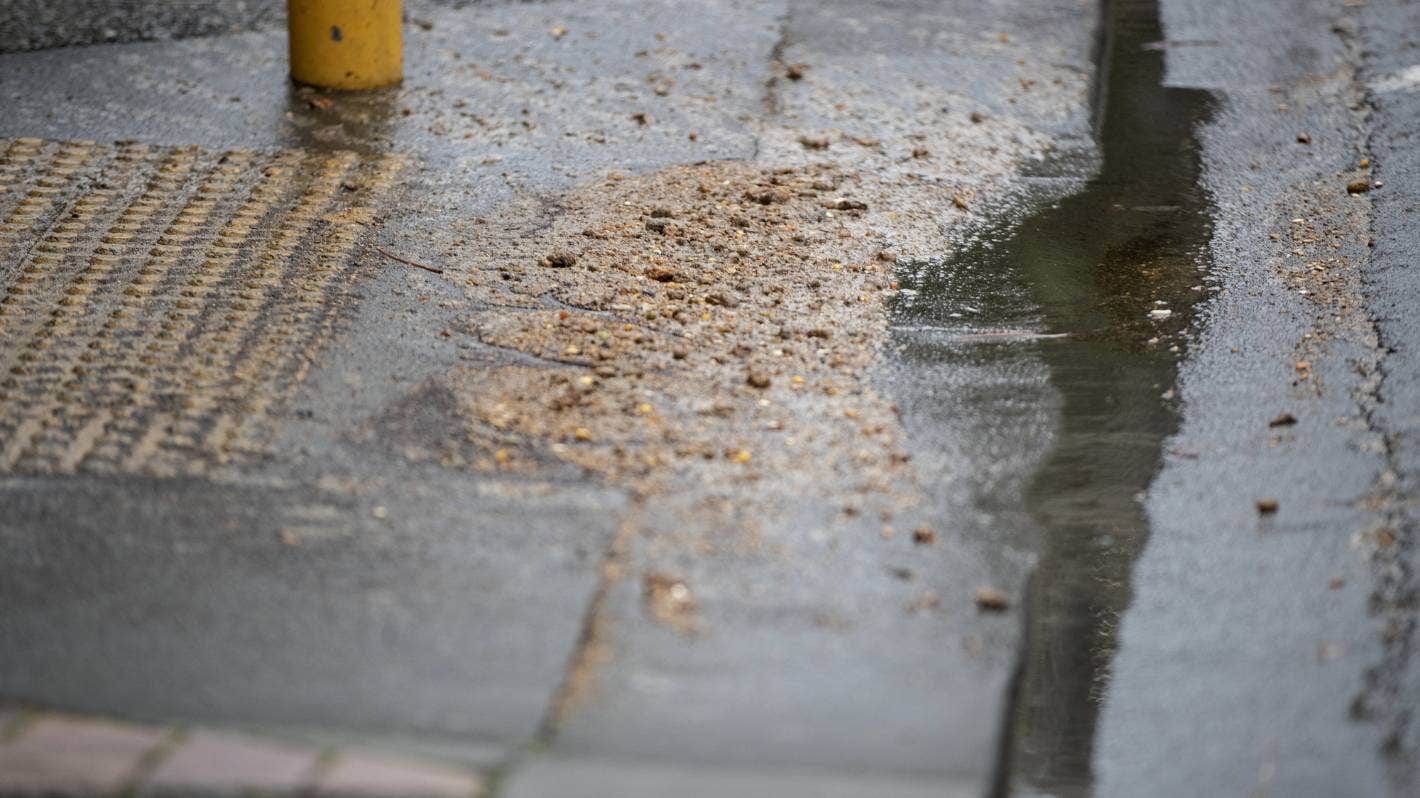Opinion
It’s been three decades since the Muttonbirds wished they were in Wellington. These days, they might be inclined to revise that wish somewhat.
After all, it’s only been one decade since John Key declared Wellington a “dying city”.
It was controversial enough that Key had to retract his statement shortly afterwards. Today, however, many New Zealanders might agree with Key.
Wellington has recently made headlines, including in Australia, for all the wrong reasons. Most shockingly because there is a real chance that New Zealand’s capital may run out of water.
Which may seem surprising. After all, as the Muttonbirds admitted, “it rains more than it should”.
The city receives around 1250 millimetres of rain per year. Rainfall is spread relatively evenly throughout the year with no distinct wet or dry season. On average, it rains on one day of every three. It is not particularly warm, either.
All that rain falls on not too many people, which makes Wellington’s water shortage even more astonishing. Wellington City has a population of around 220,000, while the Greater Wellington population is just over half a million. There are 746 people per square kilometre in the city and 68 people per square kilometre in the region.
The fact that Wellington is not doing well reminds me of a quip by Milton Friedman: “If the federal government ran the Sahara Desert, there would be a shortage of sand within five years.”
In the case of Wellington, it’s water, water, everywhere, and not a drop to drink. All thanks to its left-dominated local government.
To understand this, you only need to stroll around the capital. You will struggle to walk for more than five minutes without running into a puddle, even on dry and sunny days.
That is because leaks are everywhere in the city. Some are small, others create impromptu fountains, and most take weeks, if not months, to repair. While one is being fixed, another two or three typically crop up elsewhere.
On Wellington Water’s online map, you can check every reported leak and its effect on the local water supply. At the moment, most of the city is coloured in pink, meaning high water losses.
In Wellington, not only are freshwater pipes breaking, but raw sewage has occasionally run through the streets. In some cases, Wellington’s water situation stinks – quite literally.
Water and sewerage are, most of us have long taken for granted, some of the most basic functions of local government. It’s what we pay explicitly our rates for, after all.
Unfortunately for Wellington, successive local governments have had far grander fish to fry than such footling stuff as pipes and waterworks.
Cycleways have been built in places where few people ride bikes. The rainbow-coloured crossing in the entertainment district is, well, striking. Recently, the city installed solar-powered parking ticket machines capable of communicating with drivers in both English and Maori – when they work.
However, all the council’s investments in traffic slowing, traffic reduction and climate change outreach pale into insignificance compared with a few big-ticket items.
Right opposite the national museum, Wellington now boasts a swish new convention centre. It is called Takina. At NZ$184 million (AUD$170m), it was only a bit more than NZ$5 million over budget. What a pity though that Wellington’s ratepayers will be left funding 40 per cent of its ongoing costs in perpetuity because there is no need for a convention centre of that size.
Additionally, Wellington’s ratepayers will be responsible for the reconstruction of the city library and town hall complex due to the earthquake-prone nature of the buildings. Bulldozing the plot and starting again would have been cheaper, but heritage rules obviously must be followed.
No wonder Wellington’s local rates on businesses are the highest in New Zealand, and its residential rates higher than Auckland’s.
Wellington’s water woes are a tragicomedy, but they are New Zealand’s local government problem in a nutshell.
Not least the dominance of left-leaning members of councils. Which, frankly, Wellingtonians have brought on themselves.
It is no secret that Wellington’s electorate has a left-of-centre tilt. It was in the capital where the Greens won two of their three electorate seats in last year’s general election. In Wellington’s local elections, left-of-centre candidates have usually won most wards and the mayoralty.
And is it any wonder?
The electorate in Wellington is primarily made up of civil servants. It is the national capital, after all.
Wellington also has a vibrant arts and film scene. There is a university with students and academics, too.
The Australian
What it doesn’t have so much of is business. With an exorbitantly high “business differential”, the extra council rates charged to businesses, the private sector has largely voted with its feet.
All that’s mostly left is a city made of taxpayer-funded leaners. They haven’t run out of other people’s money yet, but they’re fast running out of water.
And serves them right.

